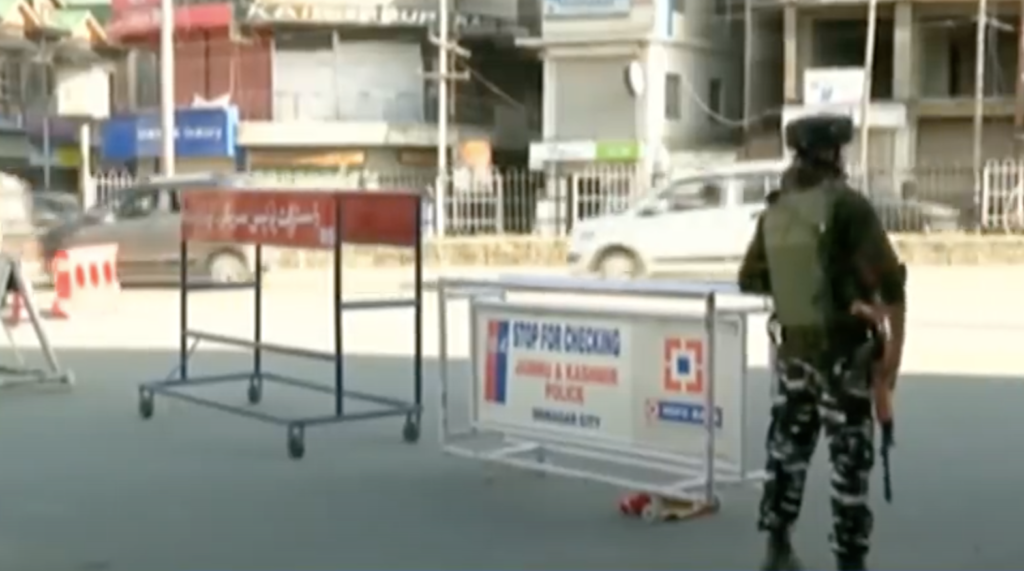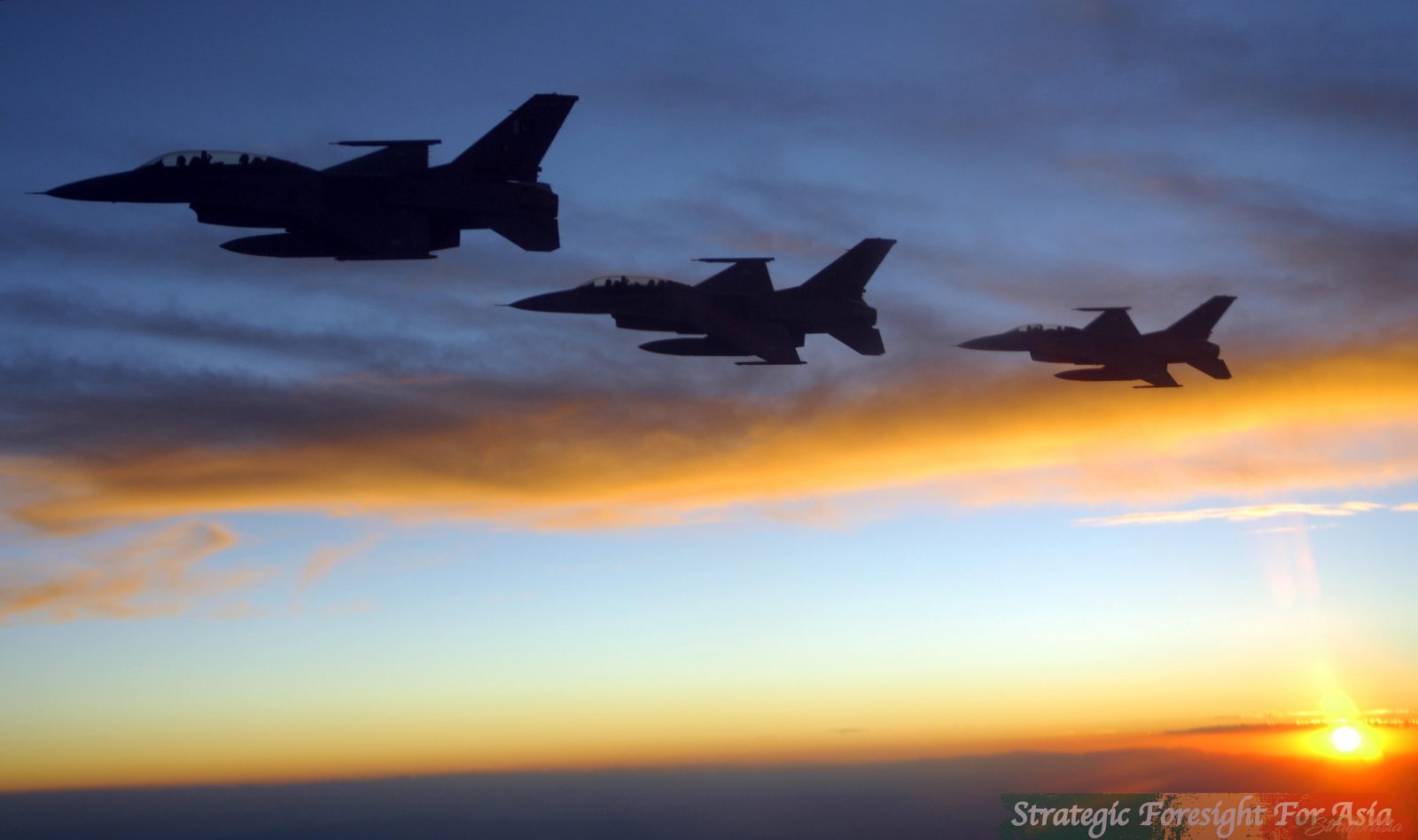
Last week thousands of people protested in Berlin against coronavirus restrictions–mandatory masks, social distancing and limited gatherings. Many in the affluent western European state regard the curbs imposed to contain the spread of the virus as an attack on their freedom. How unbearable and frustrating it would have gotten for the Germans before they decided to take to the streets. Now point your compass south and cross the proverbial seven seas to reach Indian Illegally Occupied Jammu & Kashmir (IIOJK), a place where a strict curfew is a norm; movement and communications channels are heavily censured; highspeed internet is suspended; abduction, torture, rape and civilian killings are routine. Ironically, the restrictions that Germans consider infringement of their rights would be regarded as luxuries in this valley that is symptomatic of twenty-first century Nazi oppression.
August 5, 2020 marked completion of one year to the preposterous curfew imposed by Indian Prime Minister, Narendra Modi’s government on Indian Occupied Jammu & Kashmir (IOJK). Last year on this date, Modi’s Hindu nationalist government revoked article 370 that deprived IOJK of its special status in the Indian constitution and formally merged the disputed region into the union of India. According to the UNSC resolutions on Kashmir, it is only the prerogative of the people of Kashmir to decide if they want to be part of India or Pakistan–the two bitter rivals who have fought three wars over the region–through a plebiscite. Contrary to the will of the indigenous population of Kashmir and at the risk of jeopardizing regional security, the Indian Prime Minister abrogated article 370 and claimed that the contentious move would bring peace to the region; it has brought unrest, bloodshed and suffering instead.
A report by Jammu Kashmir Coalition of Civil Society & Association of Parents of Disappeared Persons posits that in this year alone at least 229 Kashmiris were killed in different incidents of violence. The figure includes extrajudicial killings of at least 32 innocent civilians in IOJK, besides extra-judicial executions of 143 freedom fighters. The report also points out that between January 1 and June 30, 2020 the Indian security forces conducted at least 107 Cordon and Search Operations (CASOs) and Cordon and Destroy Operations (CADO’s) in IOJK. Vicious and inhumane vandalism, damage and destruction of civilian properties are hallmarks of these CASOs. Natives also lambaste that Indian forces use CASOs as a pretext for harassing, searching and pillaging their homes and property.
In addition, Indian occupied Jammu & Kashmir has endured more than its share of death, human misery and suffering. On July 1 this year, a 65-year-old man was ruthlessly sprayed with bullets by the Indian security forces right in front of his three-year-old grandson, who was later photographed crying over the lifeless body of his grandfather. The picture was widely shared on social media, albeit it failed to shake the world’s conscience. Earlier, on June 26, a five-year-old child was also killed in cold-blood by the Indian security forces. The unanswered question is omnipresent in the bleeding valley of Kashmir: how many more women and children would have to die before the peace promised by the founding fathers of India would come to IOJK?
The painful answer is that the abrogation of article 370, that granted little autonomy to the region, was a political gimmick by the incumbent Hindu nationalist Prime Minister to appease his Hindutva base and win domestic political mileage. Attainment of peace has, of course, never been an objective of the Modi government. During the last one year, hundreds of people have been killed, dozens made homeless, while an estimated 400 political leaders and civilians have been imprisoned or put under house arrest.
New Delhi has also deviously enacted new laws that allow non-natives to buy property, hold jobs and obtain citizenship rights in the occupied region – 25000 domicile certificates have already been granted. Indigenous Kashmiri population especially the youth is not blind to this crude and concerted Indian effort to systematically change the demographics of the region. In fact, anger is building among the Kashmiri youth who routinely pick up sticks and stones against the sophisticated weapons of the Indian armed forces. For the time being, Modi may have quelled dissent and silenced the cries of freedom in Kashmir under the weight of brute force, but a perennial curfew is unsustainable and cannot be enforced forever.
Sooner or later the curfew would have to be lifted, and the people who have been subjected to the modern-day Nazi brutality would rise again against New Delhi. Would the international community wake up and press for the rights of Kashmiris as vociferously as it does of Uighur Muslims, or would it continue looking the other way, and only spring into action if the frustrated Kashmiri youth chooses to respond to the Indian security forces in kind? Time to decide is now!




Be the first to comment